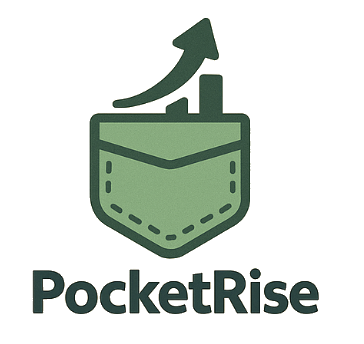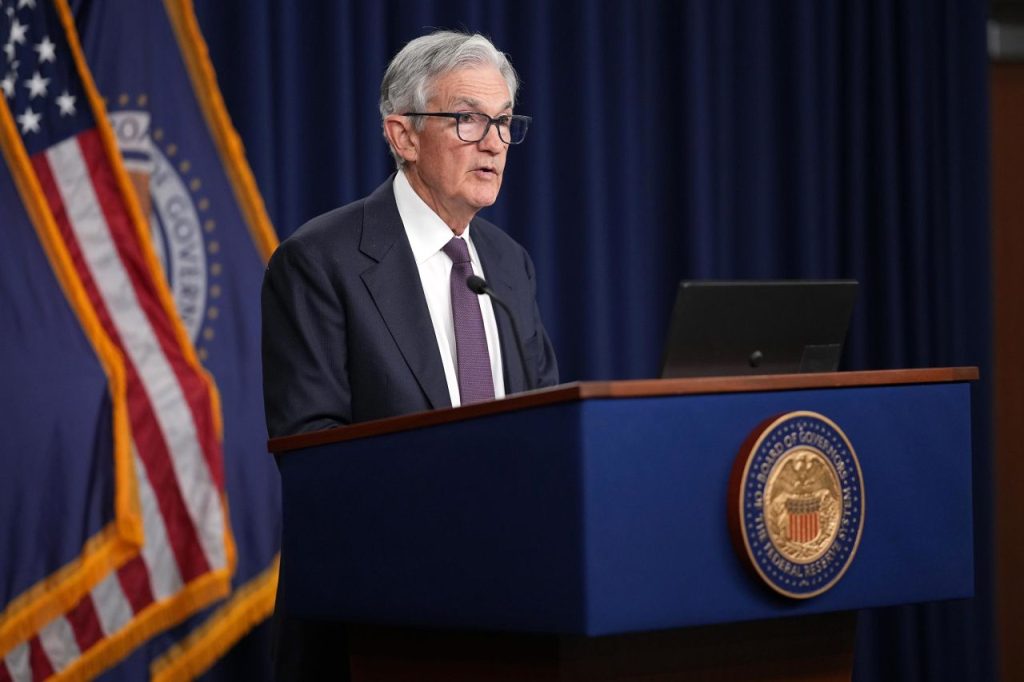The Federal Reserve hasn’t touched interest rates since December 2024. That’s a record-setting break, and honestly, it’s starting to feel like Fed Chairman Jerome Powell is phoning in press conferences in his PJs.
The current federal funds rate remains at 4.25%—unchanged for the third time in a row after the May 7 meeting. While rate hikes have paused, economic uncertainty is still brewing, thanks in part to recession whispers and trade tension caused by President Trump’s tariffs.
So, while Wall Street watches nervously and D.C. argues over what comes next, what does this all mean for you? Whether you’re trying to save, borrow, or just keep up, here’s how this rate pause may be hitting your money right now.
Checking & Savings Accounts: Still Snoozing
Checking accounts
Still paying next to nothing. The national average interest rate sits around 0.07%. For most of us, checking is about moving money around—not earning on it. But if you’re holding a large balance in your checking account, it might be time to look for alternatives.
Savings accounts
Traditional savings accounts are averaging just 0.41%—not much of a reward for saving. But this is where high-yield savings accounts shine. They’re still offering returns in the 4% range, making them one of the few bright spots in a sleepy savings landscape.
💡 Pro tip: Shop around online banks for the best high-yield savings rates.
Money Market & CDs: Park Smart
Money market accounts
Standard MMAs aren’t moving much either, averaging around 0.62%. If you’re keeping five figures on the sidelines, switch to a high-yield money market account—you can still find returns above 4%.
Certificates of Deposit (CDs)
CD rates have dipped only slightly. A 12-month CD now averages 1.77%, but with a little hunting, you can score much better—especially from online banks. Just remember, your deposit size and term length impact your final rate.
Mortgages & Loans: No Relief Yet
Mortgage rates
Despite the Fed’s pause, home loan rates are stuck in the 6%–7% range. That’s because mortgage rates are more influenced by the 10-year Treasury yield, not directly by the Fed.
📉 The only thing likely to push mortgage rates down? Bad economic news. And no one wants that.
Personal loans
Still high. Average rates are hovering around 12%, up from 9.5% just a couple years ago. Don’t expect these to drop fast—even if the Fed cuts rates later in 2025.
Credit Cards: Ouch
Interest rates have soared to over 21% on average. Even with the Fed pausing rate hikes, credit card APRs haven’t budged. That’s because card issuers know consumers are still swiping—and paying.
🎯 Your move: Call your issuer. If your credit score has improved, you might be able to negotiate a lower rate.
Investments: Stay Sharp, Stay Calm
The Fed’s decisions always ripple through the stock market, but it’s not the only thing that matters. In 2025, smart investing means paying attention to economic trends, inflation, and company earnings—not just rate talk.
Want to stay defensive? Stick with companies that perform well in all market conditions, and think long-term.
Final Thoughts
The Fed’s interest rate pause might feel like a break—but you can’t afford to hit snooze on your finances. From credit card interest to savings rates, the ripple effects are everywhere.
Now’s the time to be smart, stay proactive, and make moves that align with your goals—whether that’s saving more, shopping smarter for rates, or cutting debt.



